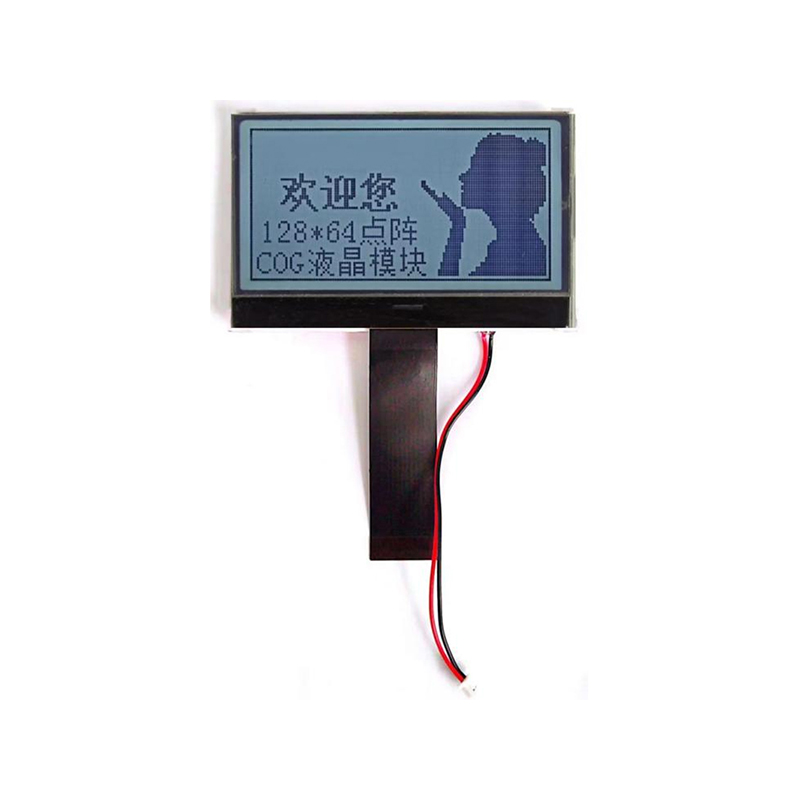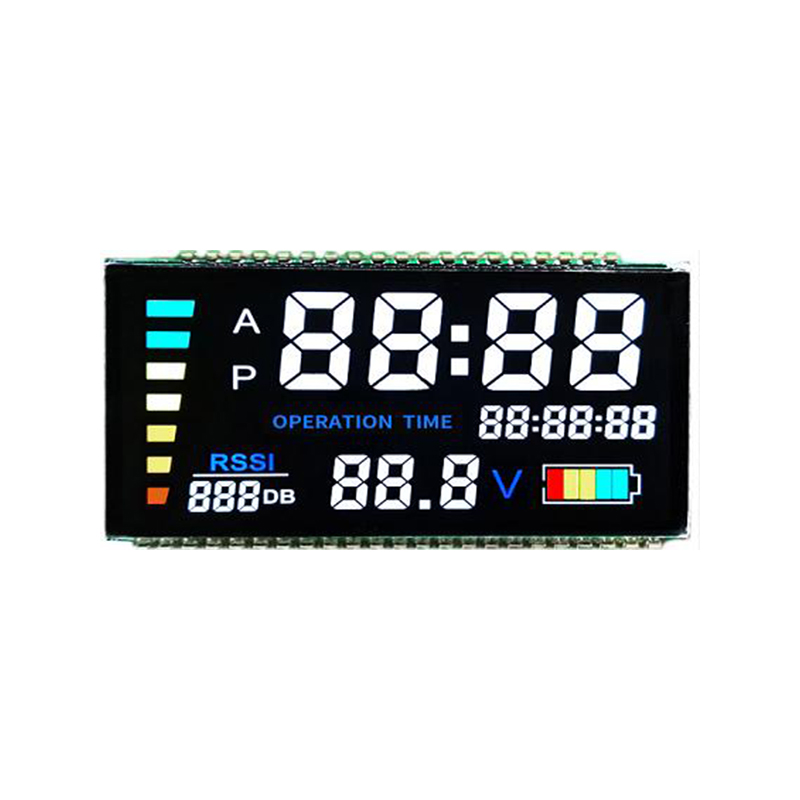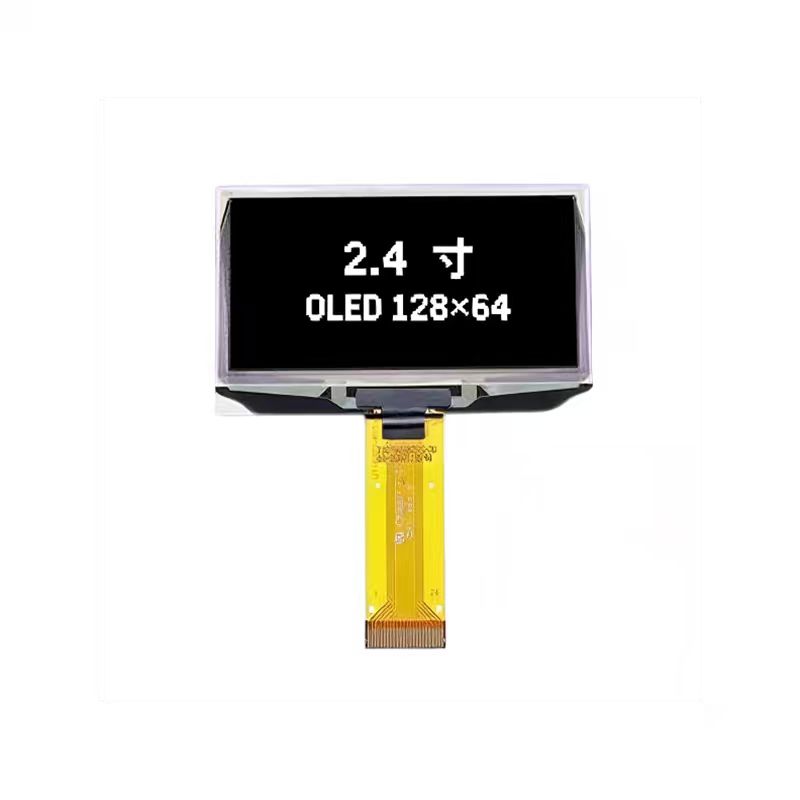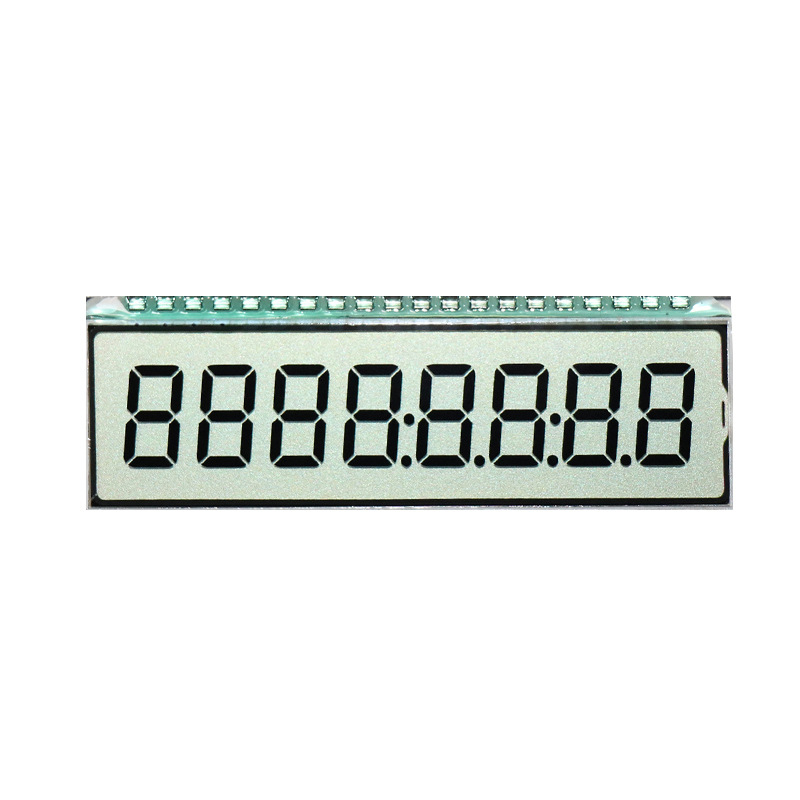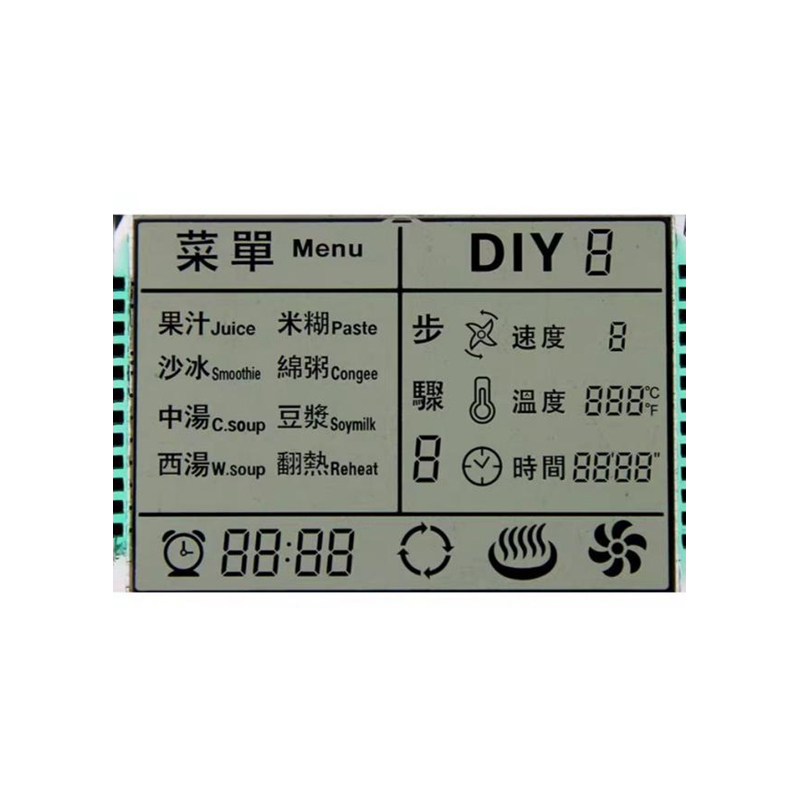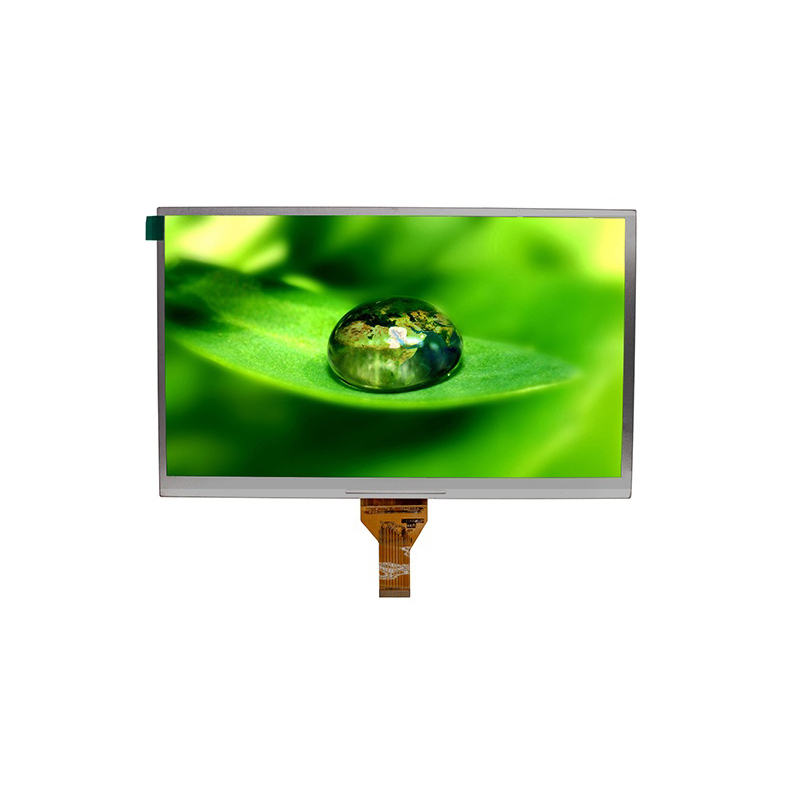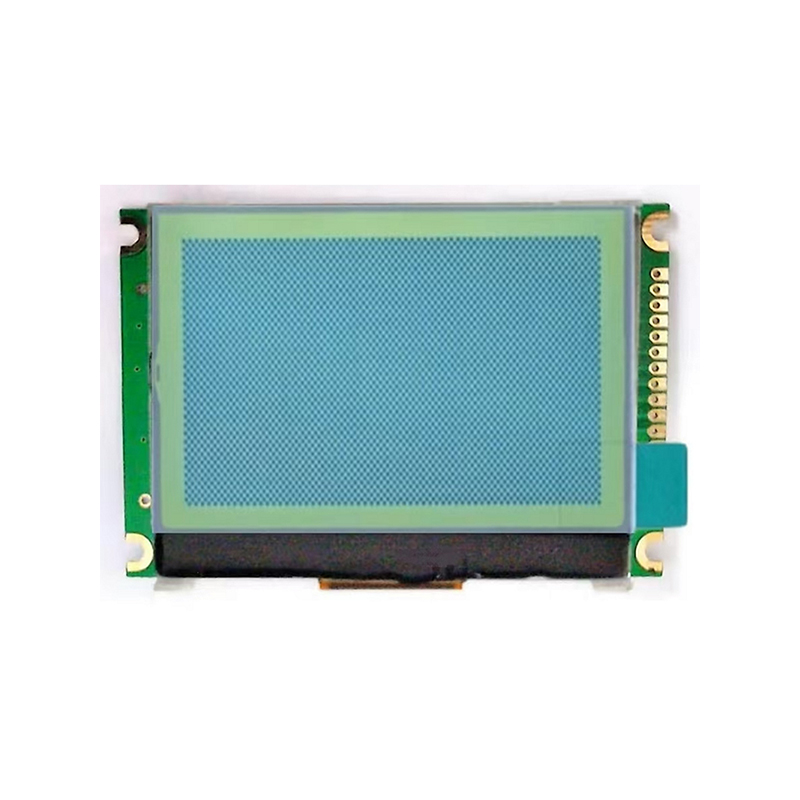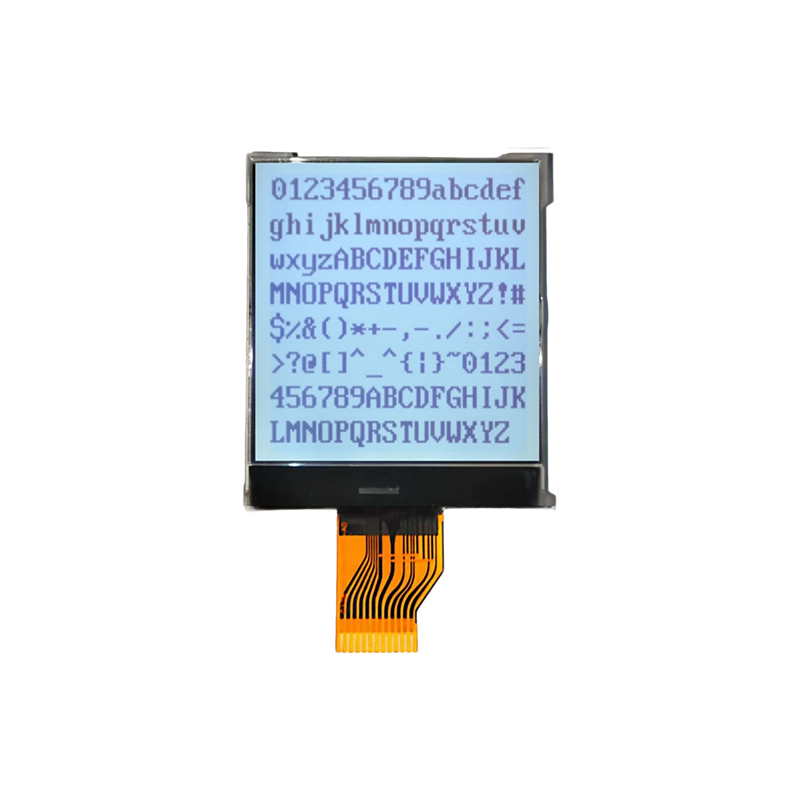
# Mastering I2C LCDs: A Comprehensive GuideThis guide provides a comprehensive overview of I2C LCDs, covering their functionalities, applications, and integration processes. We'll explore different types, troubleshooting tips, and best practices for successful implementation. Learn how to select the right I2C LCD for your project and avoid common pitfalls.
Liquid Crystal Displays (LCDs) are ubiquitous in electronic devices, providing a visual interface for displaying information. An I2C LCD utilizes the Inter-Integrated Circuit (I2C) communication protocol, a two-wire serial bus offering a simple and efficient way to control the display. This contrasts with other interfaces like parallel or SPI, offering significant advantages in terms of wiring complexity and ease of integration, especially in embedded systems. The I2C protocol handles both data and clock signals over just two wires (SDA and SCL), minimizing hardware requirements.
I2C LCDs offer several key benefits: Reduced wiring complexity compared to parallel interfaces, simplifying the design and assembly process. Lower cost due to fewer pins and simpler circuitry. Easy integration into microcontroller-based systems. They are commonly available in various sizes and resolutions, catering to a wide range of applications.
The market offers a variety of I2C LCDs, including character LCDs and graphic LCDs. Character LCDs display pre-defined characters and symbols, suitable for simple text-based interfaces. Graphic LCDs, on the other hand, allow for the display of images and custom graphics, providing a richer user experience. The choice between character and graphic LCDs depends on your project’s specific requirements for visual representation. Consider the resolution, contrast, backlight type (LED backlights are common), and power consumption when making your selection.
Integrating an I2C LCD involves several key steps: selecting the appropriate LCD module, understanding the I2C communication protocol, connecting the LCD to your microcontroller, and writing the necessary code to control the display. Let's explore these aspects in detail.
Connecting an I2C LCD typically involves connecting the SDA (Serial Data), SCL (Serial Clock), VCC (power), GND (ground), and potentially a backlight pin to your microcontroller. Ensure correct pin assignments according to your LCD’s datasheet. Many microcontrollers have built-in I2C peripherals simplifying the integration process. Refer to the datasheet of your chosen LCD and microcontroller for specific pinouts and connection details.
Most microcontrollers come with built-in libraries or readily available third-party libraries to simplify the interaction with I2C devices. These libraries handle the low-level details of the I2C communication, allowing you to focus on the high-level aspects of displaying data. Popular libraries include Wire.h for Arduino and similar libraries for other platforms. These libraries often provide functions for initializing the I2C LCD, sending commands, writing characters, and displaying custom graphics.
Despite the simplicity of I2C, troubleshooting can still be necessary. Common issues include no display, garbled characters, or communication errors.
| Problem | Possible Solution |
|---|---|
| No Display | Check power connections, I2C wiring, and the LCD’s backlight. Verify correct I2C address and communication settings. |
| Garbled Characters | Ensure correct initialization of the I2C LCD. Check for transmission errors in the I2C communication. Verify the character set used. |
| Communication Errors | Check pull-up resistors on the SDA and SCL lines. Verify the I2C clock speed. Try using a logic analyzer to monitor I2C communication. |
Choosing the right I2C LCD depends on your application's specific requirements. Consider factors like display size, resolution, character/graphic capability, power consumption, and interface compatibility with your microcontroller. For example, high-resolution displays are suitable for applications demanding detailed graphics, while smaller character displays suffice for simpler textual information. Power consumption is crucial for battery-powered devices, and interface compatibility ensures seamless integration with your hardware platform. Always consult the datasheets for detailed specifications.
For high-quality I2C LCD modules and related displays, consider exploring the offerings from Dalian Eastern Display Co., Ltd. They provide a wide range of options to suit various needs and projects.
This guide provides a foundation for working with I2C LCDs. Remember to always consult the datasheets for your specific hardware components for detailed information and specifications.


